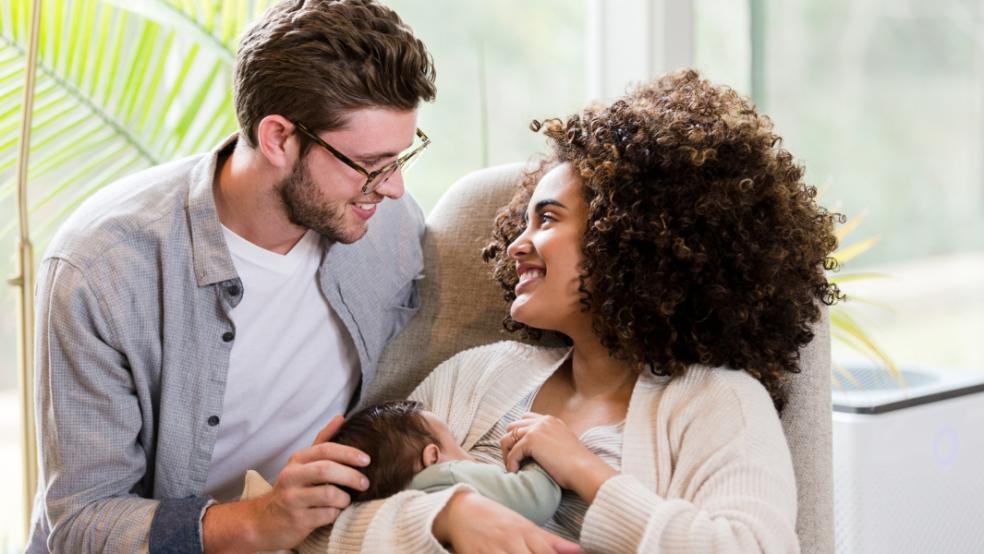
South Hams birth rate soars: 15.9% increase in the last year
South Hams birth rate soars: 15.9% increase in the last year, the 5th greatest across England
Fertility expert explains why women over 40 are having more babies than those in their teens
New ONS data, collated by Fertility Family, has revealed that South Hams has seen one of the greatest rises in birth rates in England over the last year.
The fertility rate in the area has soared by 15.9% between 2020 and 2021. In 2020, the overall fertility rate in England was 1.61 children per woman, this puts South Hams 4.3% above England’s average.
The area with the greatest increase in birth rates across England is the City of London, which has shot up by 65.71% between 2020 and 2021. This puts London 8.1% above the national average. Meanwhile, Lincoln has seen the biggest decrease, dropping by -10.74% between 2020 and 2021. This puts the area -1.9% below the national average.
Whilst fertility rates are increasing in England overall, women aged 29 and under are seeing a decline in birth rates. On the other hand, women over 30 years of age are seeing increases in their fertility rates, with those aged 30-34 years having the highest birth rate in 2021. Prior to 2004, the highest fertility rate was for women aged 25-29 years, highlighting the rising trend of having babies later in life.
There have been huge changes in fertility rates over the last decade (2011 to 2021), with the number of births per 1000 women under 20 decreasing by 60.4%. However, these figures have increase by 14.1% for women aged 40 and over.
Fertility rates are increasing for over 30s
Birth rates are on the rise for women over 30. Between 2020 and 2021, the ages of 35-39 saw the largest increase in fertility rates at 5%. We are also now seeing the highest birth rates for those over 40 since 1949.
The trend of older birth rates now means that since 2015 it’s more common to have a baby in your 40s than as a teenager. The birth rate for those over 40 has risen in 36 of the last 40 years (since 1982).
Dr Gill Lockwood, age-related fertility specialist at Fertility Family, says:
“A decade is a long time in reproductive terms. The early 30s are just like the 20s, but the late 30s can be a little different. While female fertility does gradually decline from the mid-30s, it does not ‘fall off a cliff’. A woman’s age is just one of many factors that influence the chance of getting pregnant and it is not the most important!
Miscarriage differs from the 20s to the late 30s. The miscarriage rate for women conceiving in their 20s is about 10-15%. As a woman moves through her 30s, the miscarriage rate rises until it is 35-40% at the age of 40 whilst it also takes longer to get pregnant. However, the vast majority of couples will get successfully pregnant without any outside help, and for the others, modern fertility medicine is very successful.”
Fertility rates across England
Fertility rates in England have recently increased to 1.61 children per woman in 2021. This was after birth rates hit an all-time low of 1.58 in 2020. This is the biggest increase (1.9%) we’ve seen in fertility rates since 2010. However, whilst fertility rates are increasing, it is still 17% lower than in 2012.
In 2021, fertility rates increased in all regions, except for London, this is despite the City of London having the largest birth rate increase. The East of England saw the highest fertility rate in 2021, with 1.76 births per 1,000 women, an increase of 4.14% from 1.69 in 2020.













